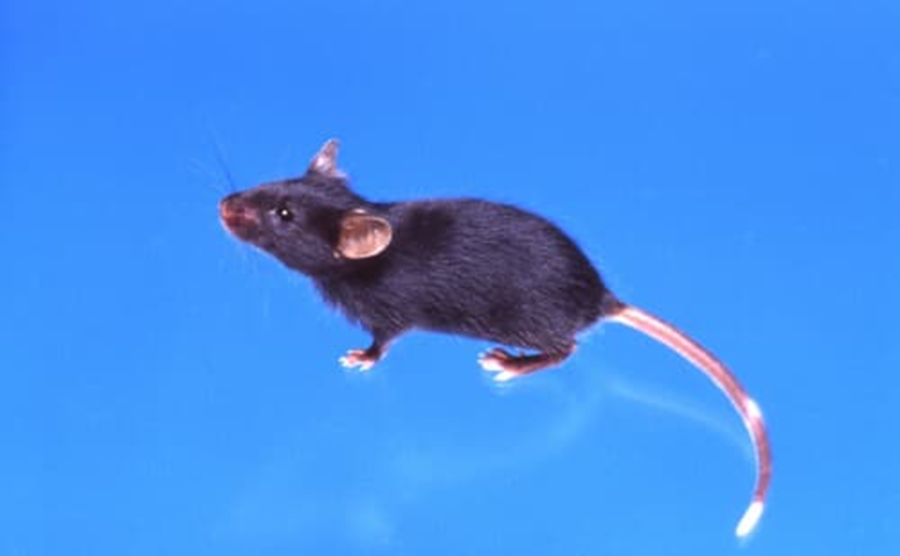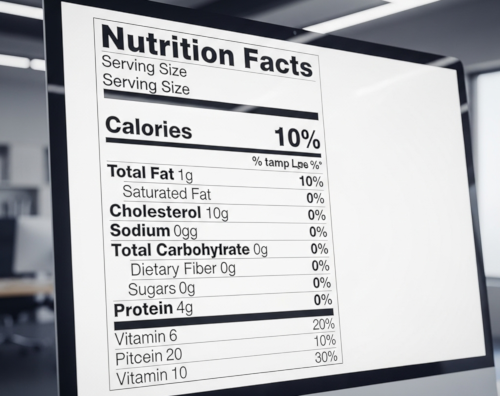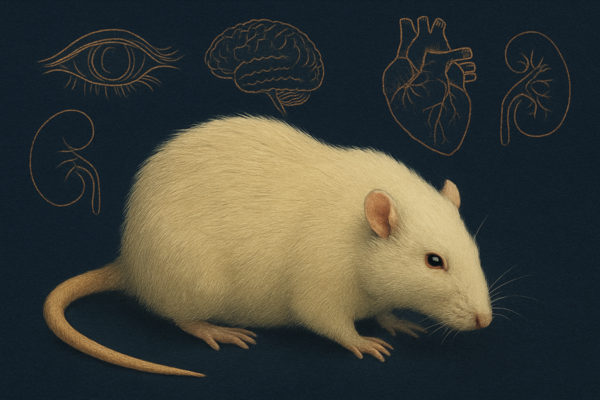
Profile of C57BL/6J Jcl Mice
References
Foster et al eds., The Mouse in Biomedical Research, Volume I: 1981; Volume II: 1982; Volume III: 1983; Volume IV: 1982, Academic Press Inc. New York.
Biochemical and Immunological Loci

Lifespan
- Conventional environment:
Male: 676 days, Female: 692 days (Storer, 1966)
Male: 827 ± 34 days, Female: 818 ± 21 days (Goodrick, 1975)
Male: 878 ± 10 days, Female: 818 ± 6 days (Kunstyr & Leuenberger, 1975)
Average lifespan: 600 days (Curtis, 1971)
Male: 827 ± 34 days, Female: 818 ± 21 days (Goodrick, 1975)
Male: 878 ± 10 days, Female: 818 ± 6 days (Kunstyr & Leuenberger, 1975)
Average lifespan: 600 days (Curtis, 1971)
Naturally Occurring Tumors and Lesions
- Lung tumor incidence: 1% in males, 3% in multiparous females, and 0% in nulliparous females (Hoag, 1963)
- Lymphatic leukemia incidence: less than 2% (Hoag, 1963)
- Mammary tumor incidence: less than 1% (Hoag, 1963)
- Atherosclerosis develops after 20 weeks of high-fat diet feeding (Thompson, 1968; Roberts & Thompson, 1976)
- Mammary tumor incidence: 1% in multiparous females, 0% in nulliparous females (Handbook on Genetically Standardized Inbred Jax Mice, 1968)
- Hydrocephalus occasionally occurs (ibid.)
- Incidence of ocular, dental, aural, and cephalic malformations, including polydactyly, is 10% (Kalter, 1968)
- Leukemia incidence is 7% (Myers et al., 1970)
- Severe pruritus often leads to self-mutilation and Myobia musculi infestation, more frequently than in other strains (Csiza & McMartin, 1976)
Immunological Characteristics
- Poor immune response to Vi antigen (Gaines, 1965)
- Weak immune response to a small amount of bovine gamma globulin (Levin, 1970)
- Weak immune response to Type II pneumococcal polysaccharide (Braley, 1971)
- Good immune response to Cholera B antigen (Cerny, 1971)
- 76% rejection of syngeneic female skin grafts after 25 days (Gasser, 1971)
- Resistance to anaphylactic shock induced by ovalbumin (Tanioka, 1971)
- Weak primary immune response to bovine serum albumin (James, 1972)
- Low antibody affinity for HSA (Petty, 1972)
- Good immune response to lipopolysaccharides of Salmonella senftenberg and S. anatun (Dipanli, 1972)
- Low sensitivity to dextran (Blomberg, 1972)
- Susceptibility to Salmonella typhimurium C5 (Robson, 1972)
- Weak primary immune response to sheep red blood cells (Gheffar, 1973)
- Poor immune response to GAT (Glu 60, Ala 30, Tyr 10) (Dorf, 1974)
- Poor immune response to (Pro-Gly-Pro)n-ovalbumin, but good response to (Pro-Gly-Pro)n (Frahs, 1974)
- Low erythrocyte agglutinability (Rubinstein, 1974)
- Susceptibility to Mouse Hepatitis virus Type 3 (Le Prevost, 1975)
- Good immune response to B6-Tla ferritin (Young, 1976)
- Resistance to Mycoplasma fermentens (M. F. W. Festing, 1977)
- Experimental model of immunodeficiency associated with adenosine deaminase deficiency (A. Teddy, 1980)
- Low antibody production after injection of E. Coli B-D galactosidase (E. Conway, 1980)
- Strong resistance to Trypanosoma Musculi infection (J. W. Albright, 1981)
- Good production of anti-MHV antibodies following intranasal inoculation with low-virulence MHV-NUJ (Nakanaga, 1983)
- No particular resistance to Pseudomonas aeruginosa (Fanchere, 1984)
Physiological and Biochemical Characteristics
- Exhibits a preference for alcohol (Fuller, 1964; Rodgers, 1966; Goodrick, 1978)
- Higher aldehyde dehydrogenase and alcohol dehydrogenase activities compared to DBA/2 (Sheppard, 1968)
- Elevated blood glucose levels (Nishimura, 1969)
- Low hepatic δ-aminolaevulinate dehydratase activity (Doyle, 1969)
- High hepatic α-pyrene hydroxylase activity (Kodama, 1970)
- High hepatic arylsulfatase activity (Mrgoris, 1971)
- Low erythrocyte catalase activity (Hoffman, 1971)
- Low brain L-glutamic acid decarboxylase (GAD) and acetylcholinesterase activities, but high catechol-O-methyltransferase activity (Tunniliff, 1973)
- Low serum cholesterol levels at 12 and 24 weeks of age (Weibust, 1973)
- Low calcium consumption in the heart (Mokler, 1973)
- Low hepatic urokinase activity but high histidine ammonia-lyase activity (Hanford, 1974)
- Elevated serum calcium levels (Barret, 1975)
- Elevated serum prolactin levels (Sinha, 1975)
- Low arterial blood pH (Sinha, 1975; Mokler, 1973)
- Low levels of PGF in the epididymis (Badr, 1975)
- Higher adrenal adrenaline levels in the entire adrenal cortex compared to BALB/c strain (E. Kemph, 1978)
- High levels of β-endorphin and ACTH in the pineal gland (Crabbe, 1981)
Pharmacological Characteristics
- Highly susceptible to fibrosarcoma induction by methylcholanthrene (Strong, 1952)
- Resistant to chloroform toxicity (Deringer, 1953; Hill, 1973)
- Resistant to skin tumor induction by methylcholanthrene (Adervont, 1956)
- Resistant to cleft palate induction by cortisone (Kalter, 1965)
- Susceptible to the toxic effects of DMBA (Schmid, 1966)
- Hepatic epoxide hydrolase activity is increased by intraperitoneal injection of pentobarbital (Schmid, 1966)
- High incidence of convulsions induced by flurothyl (Davis, 1967)
- Resistant to lung tumor and leukemia induction by neonatal DMBA treatment (Flaks, 1968)
- Susceptible to skin tumor formation by DMBA (Thomas, 1973)
- Resistant to mammary tumor induction by urethane (Bentreza, 1970)
- Susceptible to subcutaneous tumor induction by 3-methylcholanthrene (Kouri, 1973)
- Susceptible to fetal malformations induced by acetazolamide (Green, 1973)
- High incidence of lymphoma following oral administration of methylcholanthrene (Akamatu, 1974)
- Resistant to isoniazid toxicity (Taylor, 1976)
- Resistant to colon adenoma induction by 1,2-dimethylhydrazine (Evans, 1977)
- Preference for morphine (Horowitz, 1977)
Anatomical Characteristics
- Incidence of accessory spleens is 32%, Peyer's patches are fewer (Hummel, 1966)
- Thyroid gland is enlarged (Mendoza, 1967)
- Kidney-to-body weight ratio is small (Schlanger, 1968)
- Leukocyte count is high, erythrocyte count is low, and hippocampus is small (Wimer, 1969)
- Basophilic cells in the anterior pituitary gland are small (Keramidas, 1973)
※Quoted and modified from Jcl NEWS No.1, issued October 1, 1989, by CLEA Japan, Inc., Development Division.
Inquiry
If you have any question, please feel free to contact us from below.



